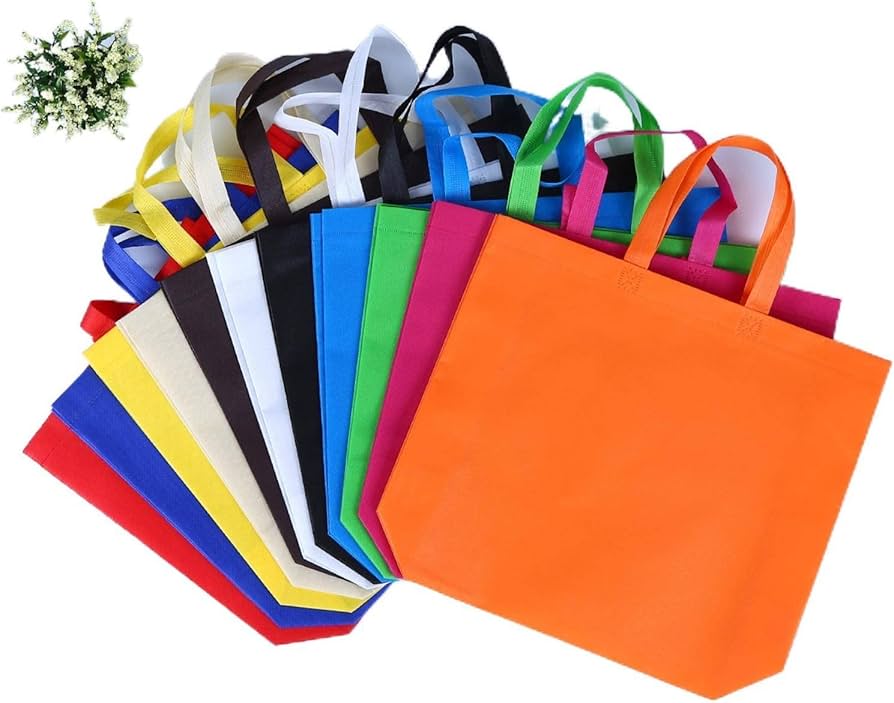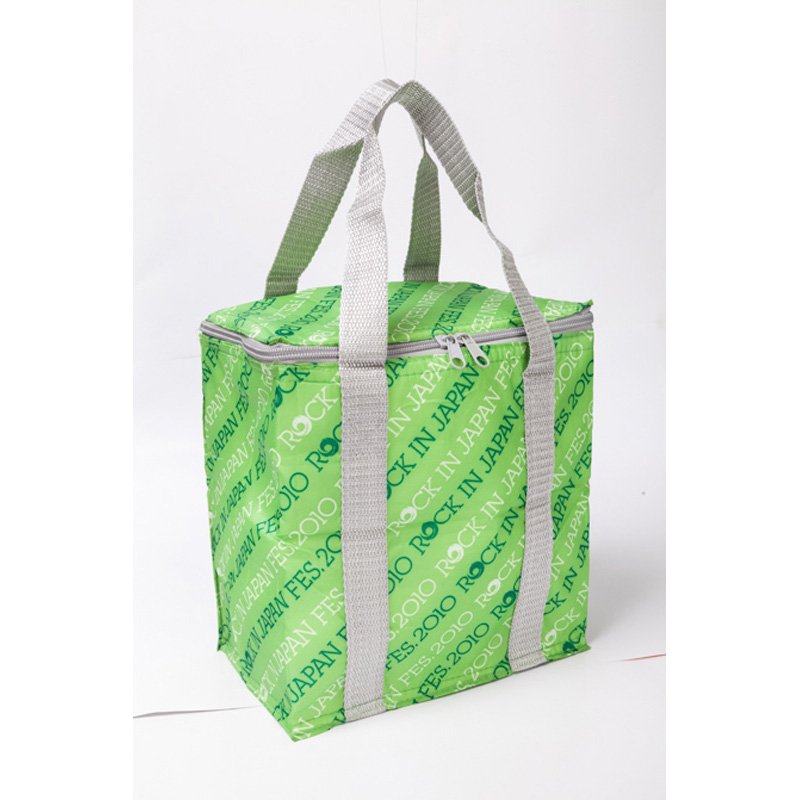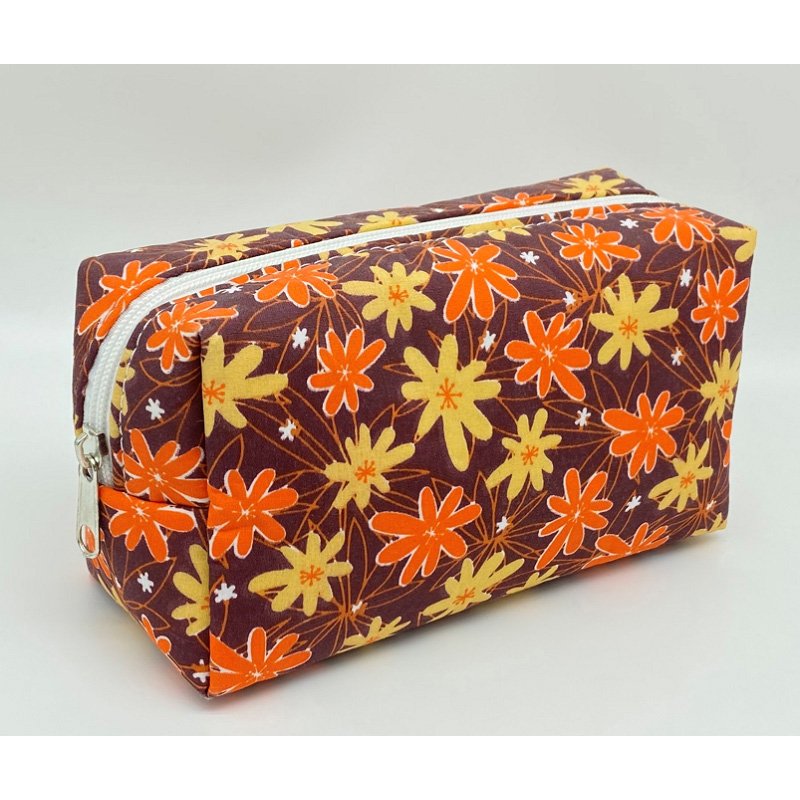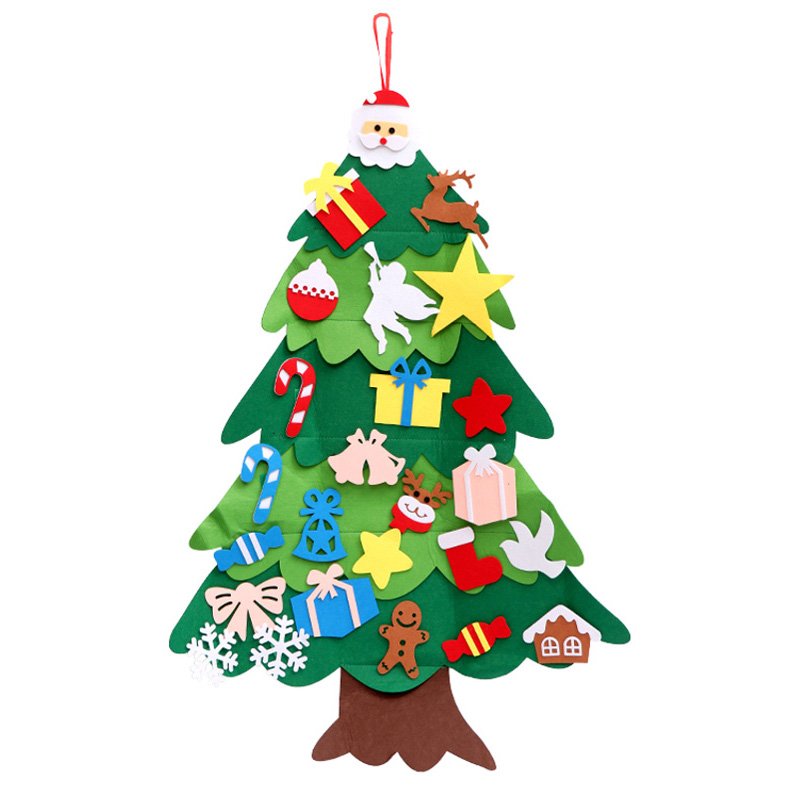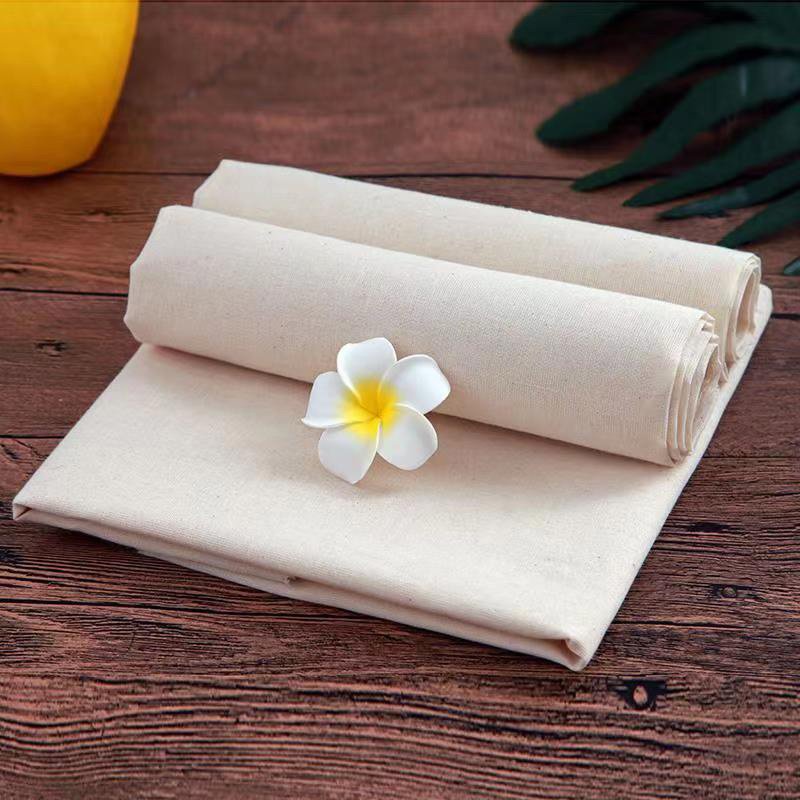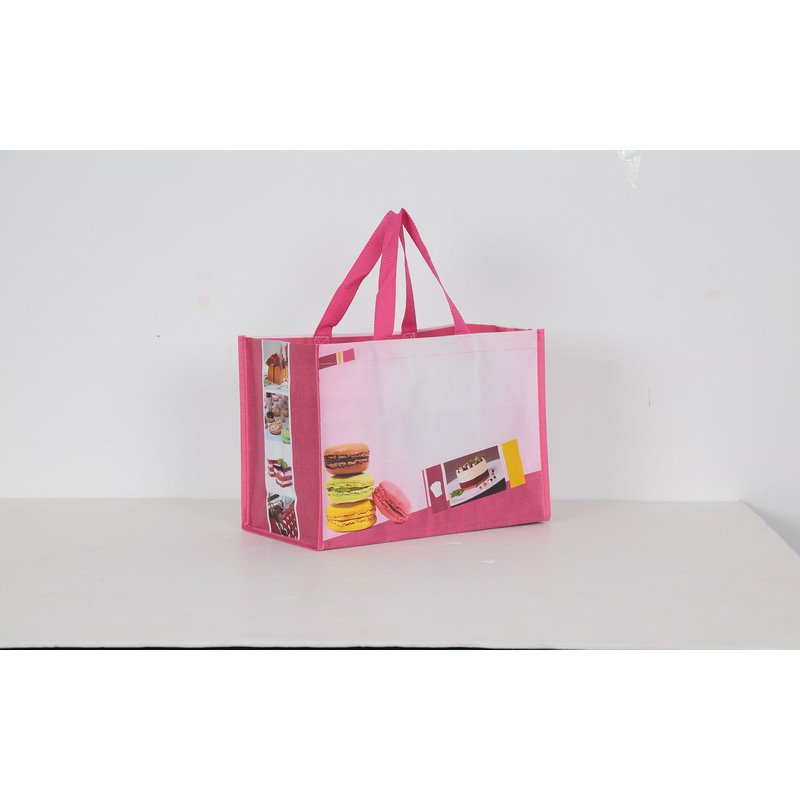Recycled nonwoven bags offer numerous benefits, both environmentally and practically. Here are ten advantages of using recycled nonwoven bags:
1. Environmental Sustainability
Reduced Waste
- Minimizes Landfill Waste: Using recycled materials helps reduce the amount of waste that ends up in landfills, contributing to a cleaner environment.
Resource Conservation
- Saves Natural Resources: By recycling existing materials, the demand for new raw materials is reduced, conserving resources like oil, water, and energy.
2. Reusability
Durable and Long-Lasting
- Extended Use: Recycled nonwoven bags are typically durable and designed for repeated use, which reduces the need for single-use plastic bags.
Cost-Effective
- Economical in the Long Run: Their durability means they don't need to be replaced as often, saving money over time.
3. Versatility
Multi-Functional
- Various Uses: Suitable for shopping, carrying books, gym gear, or as promotional items, making them highly versatile.
Customizable
- Design Flexibility: Available in various sizes, shapes, colors, and designs, allowing for customization to suit specific needs and branding.
4. Promotional Benefits
Brand Visibility
- Effective Marketing Tool: Custom-printed bags can carry logos and brand messages, providing continuous exposure every time the bag is used.
Positive Brand Image
- Eco-Friendly Image: Using recycled materials can enhance a company’s reputation by demonstrating a commitment to sustainability.
5. Strength and Durability
Resilience
- Robust Material: Nonwoven fabric is strong and resistant to tearing, ensuring the bag can carry heavy items without damage.
Low Maintenance
- Easy to Clean: These bags are typically easy to clean and maintain, making them convenient for everyday use.
6. Lightweight
Easy to Carry
- Convenience: Despite their strength, recycled nonwoven bags are lightweight, making them easy to carry and store when not in use.
7. Reduced Carbon Footprint
Lower Emissions
- Eco-Friendly Production: Producing recycled nonwoven bags generally involves fewer emissions compared to manufacturing new plastic or paper bags.
8. Biodegradability
Eco-Friendly Disposal
- Less Environmental Impact: Many recycled nonwoven bags are designed to be biodegradable, breaking down more quickly in the environment compared to traditional plastics.
9. Fashionable and Trendy
Modern Designs
- Aesthetic Appeal: Available in various stylish designs and colors, making them a fashionable accessory that appeals to a broad audience.
10. Support for Recycling Industry
Encourages Recycling Practices
- Boosts Recycling Efforts: The demand for recycled materials promotes recycling programs and helps support the recycling industry, creating a positive economic impact.
Conclusion
Recycled nonwoven bags are an excellent choice for environmentally conscious consumers and businesses. They offer practical benefits such as durability, versatility, and cost-effectiveness while contributing to sustainability efforts by reducing waste, conserving resources, and lowering carbon footprints. By choosing recycled nonwoven bags, you can support a healthier planet and promote a positive, eco-friendly image.
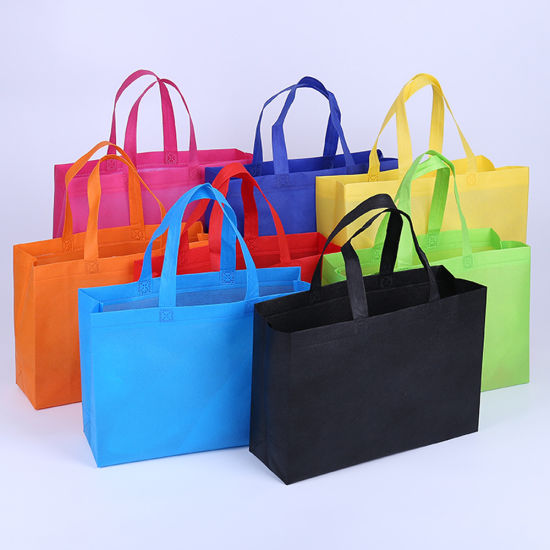
What are the characteristics of the material of recycled non-woven bags?
Recycled non-woven bags are made from a unique type of material that combines environmental benefits with practical utility. Here are the key characteristics of the material used in recycled non-woven bags:
1. Eco-Friendly
- Recycled Content: Made from post-consumer or post-industrial recycled polypropylene or other plastic materials, reducing the demand for new raw materials.
- Biodegradability: Some recycled non-woven materials are designed to break down more quickly in the environment compared to traditional plastics.
2. Durability
- High Strength: The material is strong and resistant to tearing, making the bags suitable for carrying heavy items.
- Resilience: It withstands wear and tear from regular use, ensuring a long lifespan.
3. Lightweight
- Easy to Carry: Despite its durability, the material is lightweight, making the bags convenient to carry around.
- Portable: Easy to fold and store when not in use, enhancing portability.
4. Water-Resistant
- Moisture Protection: Offers resistance to water and moisture, protecting contents from getting wet.
5. Breathability
- Air Permeability: The non-woven structure allows for air circulation, which can be beneficial for items that need to breathe, like groceries or clothing.
6. Versatility
- Variety of Uses: Suitable for a wide range of applications, from shopping and groceries to promotional giveaways and event bags.
- Customization: Can be easily customized in terms of size, shape, color, and design, making them versatile for branding and marketing purposes.
7. Cost-Effective
- Affordable Production: The manufacturing process is generally cost-effective, making the bags an economical choice for both consumers and businesses.
8. Aesthetic Appeal
- Customizable Appearance: Available in various colors, patterns, and finishes, allowing for attractive and stylish designs.
- Print-Friendly: The surface is suitable for high-quality printing, making it ideal for logos, artwork, and promotional messages.
9. Easy Maintenance
- Simple to Clean: Can be easily wiped down or washed, ensuring hygiene and cleanliness.
- Low Maintenance: Requires minimal care to keep the bags in good condition.
10. Thermal Properties
- Insulation Capability: Offers some level of thermal insulation, helping to keep contents at a stable temperature for a short period.
11. Chemical Resistance
- Resistant to Chemicals: The material can resist many chemicals and solvents, adding to its durability and versatility.
12. Soft Texture
- Comfortable to Handle: The non-woven fabric is generally soft to the touch, making the bags comfortable to carry.
Conclusion
Recycled non-woven bags made from this material combine the benefits of sustainability with practical features such as durability, lightweight, water resistance, and ease of customization. These characteristics make recycled non-woven bags an excellent choice for eco-friendly, everyday use, and promotional purposes.
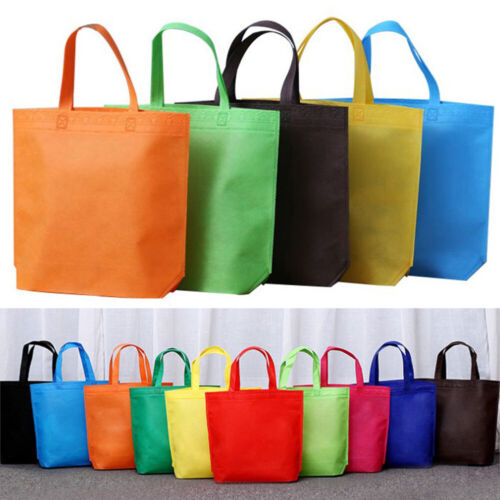
How to identify the quality of recycled non-woven bags?
Identifying the quality of recycled non-woven bags involves evaluating several key factors, including the material, construction, and overall craftsmanship. Here are some steps to help you assess the quality:
1. Material Quality
- Fabric Density: Higher GSM (grams per square meter) indicates a denser, stronger fabric. Look for bags with a higher GSM for better durability.
- Texture: The fabric should feel sturdy and not easily tearable. It should have a consistent, smooth texture without any rough spots or thin areas.
- Recycled Content: Verify the percentage of recycled materials used. Bags with a higher proportion of recycled content are generally more eco-friendly.
2. Stitching and Seams
- Double Stitching: High-quality bags often feature double-stitched seams, which provide extra strength and durability.
- Even Stitching: Check that the stitching is even and tight without loose threads or gaps. This indicates good craftsmanship.
- Reinforced Seams: Look for reinforced stitching at stress points, such as handles and corners, to ensure the bag can carry heavy loads.
3. Handle Quality
- Attachment: The handles should be securely attached with strong stitching or reinforced methods like bar tacking.
- Comfort: Handles should be comfortable to hold, possibly padded or made of softer material to avoid digging into your hands.
- Length: Ensure the handles are of a suitable length for your intended use, whether hand-carrying or shoulder-carrying.
4. Weight Capacity
- Load Test: Check if the bag can carry heavy items without stretching or tearing. Manufacturers often specify the weight capacity; opt for bags that meet your needs.
- Structural Integrity: The bag should maintain its shape and structure even when loaded with items.
5. Printing and Design
- Print Quality: Look for sharp, clear prints without smudges or fading. High-quality printing indicates better production techniques.
- Color Fastness: Ensure that the colors do not bleed or fade after washing. This can be tested by lightly rubbing a damp cloth on the print.
- Aesthetic Appeal: High-quality bags should have well-executed designs that align properly with the bag's shape and size.
6. Closure and Additional Features
- Zippers and Snaps: If the bag has zippers, snaps, or other closures, ensure they are of high quality and function smoothly.
- Pockets and Compartments: Check the stitching and fabric quality of any internal or external pockets. They should be functional and well-constructed.
7. Odor
- Smell Test: High-quality recycled non-woven bags should not have a strong chemical or plastic smell. A mild odor is normal, but it should not be overpowering or unpleasant.
8. Eco-Friendly Certifications
- Certifications: Look for certifications or labels that indicate the bag meets environmental standards. Examples include the Global Recycled Standard (GRS) or certifications from recognized environmental organizations.
9. Manufacturer Reputation
- Reviews and Ratings: Research the manufacturer’s reputation and read reviews from other customers to gauge the overall quality and satisfaction.
- Sustainability Practices: Check if the manufacturer is transparent about their recycling processes and sustainability practices.
10. Price
- Cost vs. Quality: While high-quality bags may cost more, they are typically more durable and cost-effective in the long run. Be cautious of very low-priced bags, as they may compromise on quality.
Conclusion
By evaluating these factors, you can identify high-quality recycled non-woven bags that are durable, eco-friendly, and suitable for your needs. Paying attention to material quality, construction details, and manufacturer reputation will help ensure you make a wise and sustainable choice.
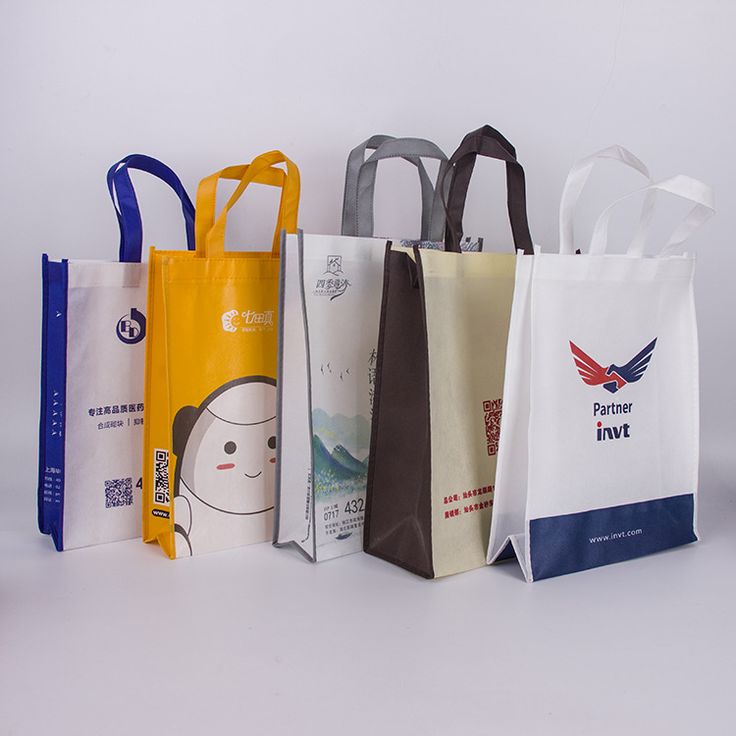
Can recycled non-woven bags be customized?
Yes, recycled non-woven bags can be customized to suit a variety of needs and preferences. Customization options include printing, size, shape, handles, and additional features. Here’s a detailed look at the various ways you can customize recycled non-woven bags:
1. Printing and Branding
Logo and Artwork
- Screen Printing: A popular and cost-effective method for simple designs and logos.
- Digital Printing: Suitable for complex designs and detailed artwork, allowing for full-color printing.
- Heat Transfer: Ideal for high-quality, durable prints, often used for intricate graphics and photographs.
Slogans and Messages
- Custom Text: Add brand slogans, promotional messages, or any other text to promote your business or cause.
2. Size and Shape
Custom Dimensions
- Standard Sizes: Choose from common sizes or specify exact dimensions to fit your needs.
- Unique Shapes: Create custom shapes that stand out, such as circular, triangular, or other innovative designs.
3. Handle Options
Length and Style
- Short Handles: Ideal for hand-carrying, often reinforced for durability.
- Long Handles: Suitable for shoulder-carrying, providing convenience and comfort.
- Adjustable Handles: Allows for versatility in carrying methods.
Material and Comfort
- Padded Handles: For added comfort when carrying heavy items.
- Fabric or Webbing Handles: Choose the material that best matches the bag’s design and intended use.
4. Additional Features
Pockets and Compartments
- Inner Pockets: For better organization, useful for separating smaller items.
- External Pockets: Provides easy access to frequently used items.
Closures
- Zippers: Offers security and protection for the bag’s contents.
- Velcro: Easy to open and close, suitable for quick access.
- Snaps and Buttons: Adds a stylish touch while providing functionality.
5. Color Customization
Fabric Colors
- Wide Range of Colors: Choose from a variety of colors to match your brand or personal preference.
- Two-Tone Designs: Combine different colors for a more distinctive look.
6. Eco-Friendly Enhancements
Material Choices
- Recycled Materials: Ensure the bag is made from a high percentage of recycled content.
- Biodegradable Additives: Enhance the environmental benefits by incorporating biodegradable elements.
7. Finishing Touches
Labels and Tags
- Brand Labels: Sew or print custom brand labels on the bags.
- Hang Tags: Add informational tags about the bag’s recycled content and eco-friendly benefits.
Decorative Elements
- Embroidery: Add a touch of elegance with embroidered logos or designs.
- Foil Stamping: For a luxurious look, use foil stamping for logos or text.
8. Special Coatings and Treatments
Water-Resistant Coating
- Protective Layer: Enhance the bag’s functionality by adding a water-resistant coating.
UV Protection
- Sun Protection: Add UV protective treatments to prevent fading and wear from sun exposure.
Conclusion
Customizing recycled non-woven bags allows you to create a product that not only meets your specific needs but also reflects your brand’s identity or personal style. Whether for promotional purposes, retail, or personal use, customized recycled non-woven bags offer a versatile and eco-friendly solution. When planning customization, consider factors such as printing quality, material durability, and the overall aesthetic to ensure the final product is both practical and visually appealing.

